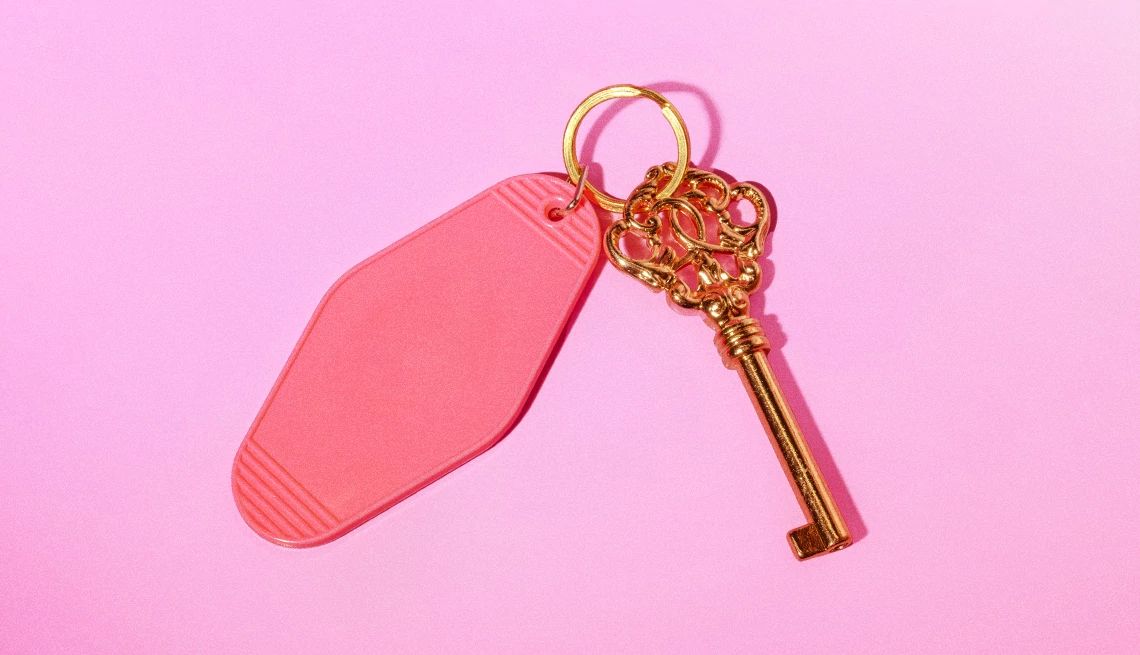AARP Eye Center
A New Take on an Old Scam

One of the oldest scams around involves a criminal getting hold of one of your checks and forging the payee and the amount. Usually this is done by “washing” the check with chemicals to remove the real information you have written on it. Today, with access to new technologies, criminals are “cooking” checks by creating fake versions of real checks using computer programs. These “cooked” checks can be manipulated digitally and either printed or deposited electronically, saving the crook a lot of mess and hassle.
The best way to protect against these scams is to be careful how you send checks. If you use your checkbook to pay bills via mail, how you send those bills is the key to staying safe. Rather than dropping the bills in your mailbox and flipping up the flag, take them to the post office and drop them off inside. A criminal can’t wash or cook a check they don’t physically have, so taking this extra step to safeguard your mail can protect your bank account in the long run.
Be a fraud fighter! If you can spot a scam, you can stop a scam.
Report scams to local law enforcement. For help from AARP, call 1-877-908-3360 or visit the AARP Fraud Watch Network at www.aarp.org/fraudwatchnetwork.

































































